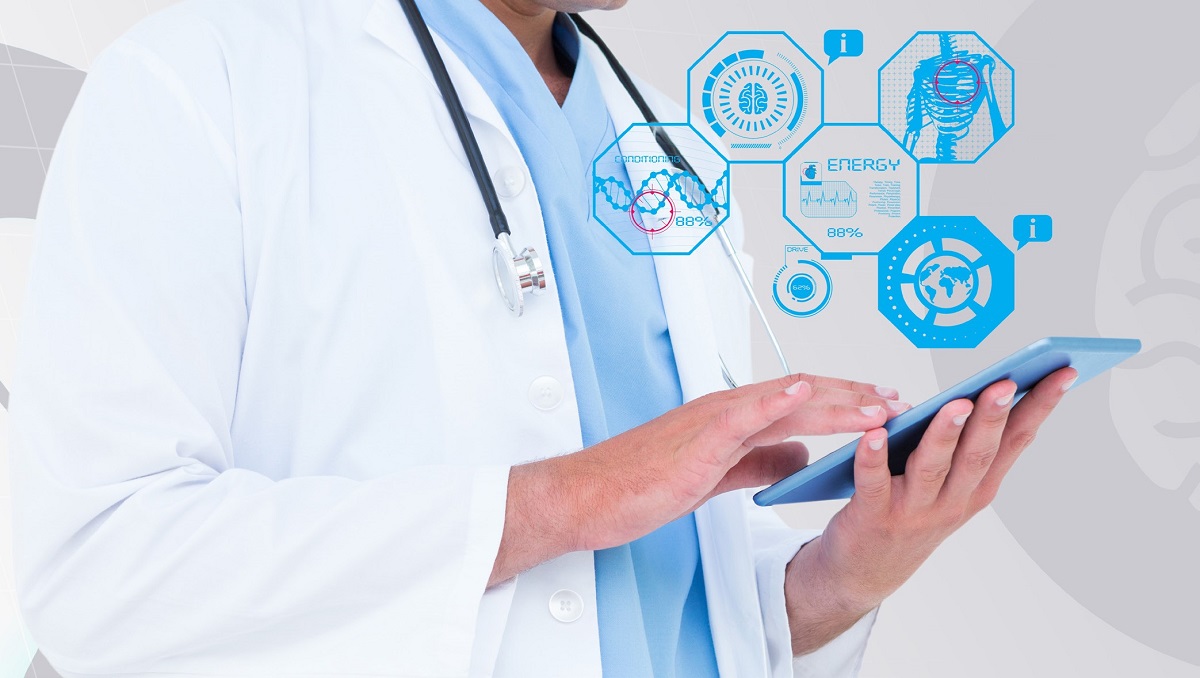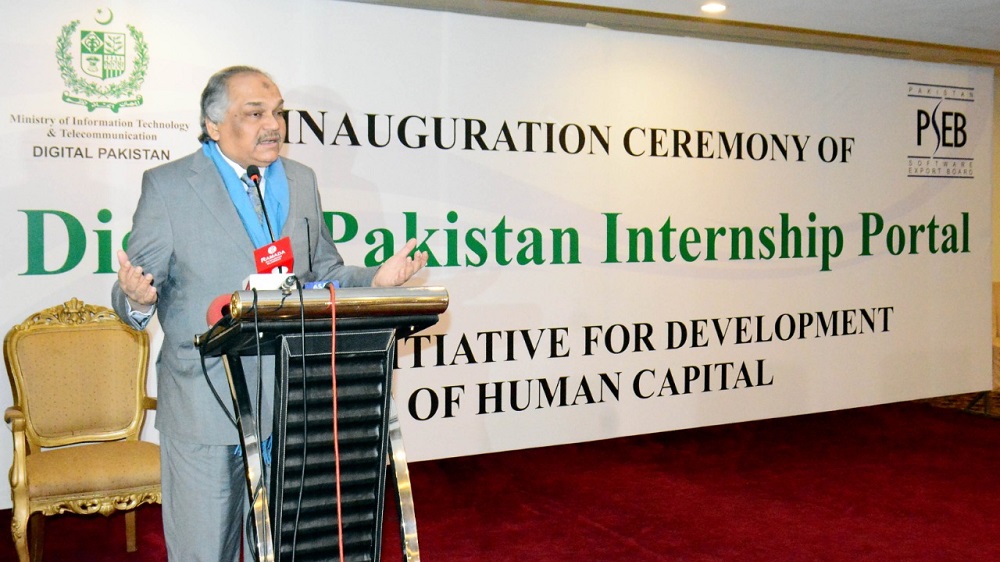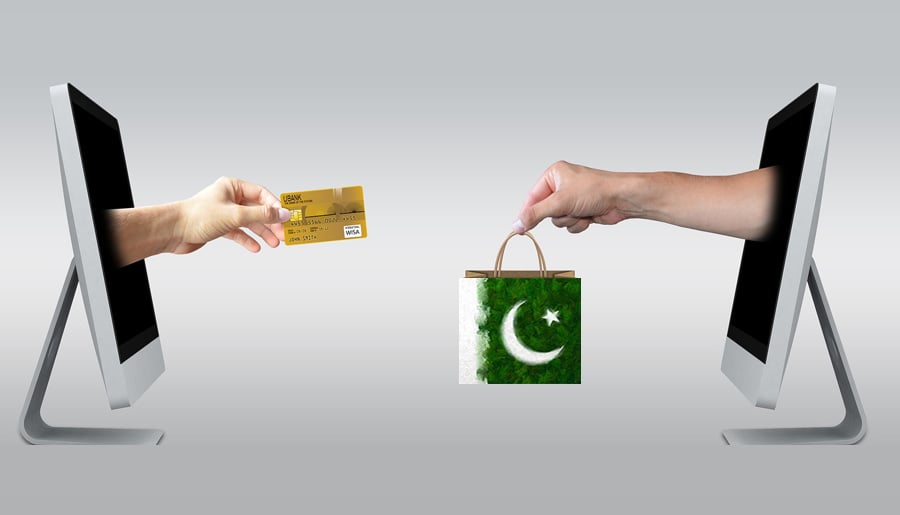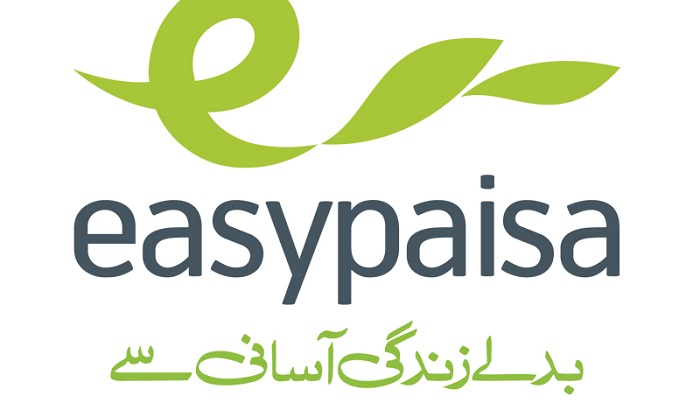Digitization of the health sector in Pakistan. Where do we stand?

Digitization of the health sector in Pakistan. Where do we stand?
Access to basic health facilities is the basic right of every individual. It is not only important at a personal level but also at the national level because a healthy population makes up productive human capital. Luckily, advancement in technology has significantly improved our way of living in every aspect. Information technology, Biotechnology, Artificial Intelligence, the development of medical devices and equipment, and pharmaceuticals all have made substantial contributions to improvement in the health of people. From very small innovations like ankle braces, adhesive bandages, wearable sensors and health trackers to more compound technologies like MRI machines, everything has changed after the boom of the technology revolution.
Information technology, Biotechnology, Artificial Intelligence, the development of medical devices and equipment, and pharmaceuticals all have made substantial contributions to improvement in the health of people
The limitations of healthcare facilities are a serious problem in most developing nations. According to the World Health Organization (WHO), in 2010, around 5.3 million people died because of infectious diseases, HIV, malaria, tuberculosis (TB), hepatitis and neglected tropical diseases such as leishmaniasis. The death rate reduced to 4.3 million in 2016. In Pakistan, the infant mortality rate was 83 per 1,000 live births in 2000. Major causes of infant mortality are immunization diseases, diarrhea, malnutrition, and poor environmental sanitation. In 2018, the rate reduced to 69 per 1000 live births. technology played an important role in this improvement.
There is a large population that lives in rural areas and do not have the necessary healthcare services. The extension of Information and Communication Technology (ICT) has set up an exceptional opportunity for the delivery of healthcare facilities and infrastructure to resolve problems of accessibility and timely health care service provision. In Pakistan, digital health initiatives have been introduced at both National and Provincial levels.
In Pakistan, the infant mortality rate was 83 per 1,000 live births in 2000. Major causes of infant mortality are immunization diseases, diarrhea, malnutrition, and poor environmental sanitation. In 2018, the rate reduced to 69 per 1000 live births
In recent years, especially with the increase in the 3G/4G penetration rate, the IT and Telecom sector has shown an astonishing growth. 3G/4G services have made it easy to collect the patients’ real-time data and transmit them to a database shared by doctors with the fast internet. The 3G-enabled handsets provide a videoconferencing facility or a means of transferring imaging data (e.g. X-ray).
The four mobile operators, Jazz, Zong, Telenor, and Ufone, are collectively driving the country towards the digital world. They have also provided m-health facilities to its users in rural areas too. Jazz has done some commendable work in m-health by developing its Healthpass application to improve health outflow management. Other initiatives in healthcare by the operators are Jazz BIMA Sehat service, Zong Accidental Insurance, and Ufone’s Utahafuz.
The extension of Information and Communication Technology (ICT) has set up an exceptional opportunity for the delivery of healthcare facilities and infrastructure to resolve problems of accessibility and timely health care service provision
Digital health is permitting people to better track, manage, and improve overall health, live better and more productive lives. It is also helping to reduce inadequacies in healthcare delivery, improve access, reduce costs, increase quality, and make health services more accessible and effective.
The following are some of the advantages brought by technology to Pakistanis.
- Accessibility to information
The availability of good health services within reasonable reach of those who need them has become easy for people because of the progression in IT. People who feel hesitant in discussing some of their issues can get information on their phones by staying at home. The Internet put a great effort in getting the medical information quickly, conveniently, and privately.
- Remote checkups
Advancement in the IT world has made it easy to remotely connect to a doctor anytime and anywhere. Today, mobile phones have become an essential part of our life; now people neither need to carry their medical records nor to visit the doctor physically. they can now contact their doctor anytime they want, share their medical records and get medical advice accordingly.
- Health applications
With the advent of new innovations in the e-health, there are a variety of apps available for Personal health records, chronic care management, Medication management, Diagnostics, Fitness, Women’s health, and weight-loss, etc. These health apps provide more flexibility to doctors, administrators, and patients. They can help to promote better health awareness.
- Prevention before treatment
Digital health technologies aid patients to self-manage their health conditions by monitoring and tracking the symptoms regularly. It acts as a tool for the early detection of significant changes to disease progression in a patient. Digital health platforms are important, especially for respiratory disease patients and for the patient whose life is at risk.
- Lower Cost of Treatment
Digitization of the health sector allows the patients to remotely connect to a doctor and makes the treatment more cost-effective. As people do not need to travel and hence lowering the cost of travelling.
Due to the unlimited benefits of technology in health sectors, the government is putting a lot of focus on merging its health sector with technology to improve the overall state of health in the country. The Ministry of National Health Services, Regulations and Coordination (NHSRC) have set out an Action Plan 2019-2023 to transform the health sector of Pakistan by addressing the challenges, health sector reforms, and thus improving the health results of people of Pakistan. This action plan will expand current health sectoral and sub-sectoral strategies in the country and will help in achieving the Sustainable Development Goals (SDGs), International Health Regulations (IHR) and Universal Health Coverage (UHC) goals in the country.
The Ministry of National Health Services, Regulations and Coordination (NHSRC) have set out an Action Plan 2019-2023 to transform the health sector of Pakistan by addressing the challenges, health sector reforms, and thus improving the health results of people
The government has started a number of projects to improve the health conditions in the country. the Punjab government and PITB especially played an important role in this regard. Pakistan Information Technology Board (PITB) has introduced a Hospital Information Management System (HIMS). Initially, this system has been designed for Pakistan Kidney and Liver Institute’s (PKLI) Hepatitis Prevention and Treatment Centre (HPTC). This system helps to take information regarding patient registration, billing of consultation and diagnostic services, financial assessment, nursing, e-prescriptions, medical records, investigations orders, templates for investigation reports, diagnostic machinery integration, pharmacy automation, an appointment mechanism, inventory control, waste management, human resources, accounts, and payroll.
This is not only the one program the government is working on. PITB has introduced many other initiatives like Dengue Activity Tracking System, Biometric Attendance System for Health Facilities, Monitoring System for Polio Campaign and many more.
There is only one doctor for 963 persons, one dentist for 9,413 persons and the availability of one hospital bed for 1,608 people
According to the Economic Survey 2018-19, the number of public sector hospitals has increased to 1,279, Rural Health Centers (RHCs) reached to 686, Basic Health Units (BHUs) improved to 5,527, and dispensaries to 5,671 by the year 2018. The total registered doctors are 220,829, registered dentists are 22,595, and registered nurses are 108,474. Despite the extensive efforts of the government, there is still a lot of room left for improvement. The stats clearly indicated that there is only one doctor for 963 persons, one dentist for 9,413 persons and the availability of one hospital bed for 1,608 people. with technological interventions this dismal situation of the health sector can easily be changed.
Also Read: Adverse Effects of MOBILE GAMES on Child’s Brain
The Government should take appropriate actions while making the health sector more digital through the partnership between health and ICT sectors. As the popularity and penetration of mHealth apps with advancing technologies like Blockchain, AR, IoT are progressively growing and improving the healthcare ecosystem on a regular basis. Additionally, the Government of Pakistan should run gender-based awareness programs to let people think about the importance of their health. Also, the government should urge health care professionals to use innovative technologies and mechanisms to improve a patient’s experience. To improve the health sector, government should make policies that will promote technology and contribute to the social and economic development of the country.
PTA Taxes Portal
Find PTA Taxes on All Phones on a Single Page using the PhoneWorld PTA Taxes Portal
Explore NowFollow us on Google News!






Monthly sms And Whatspp packge not active my number why